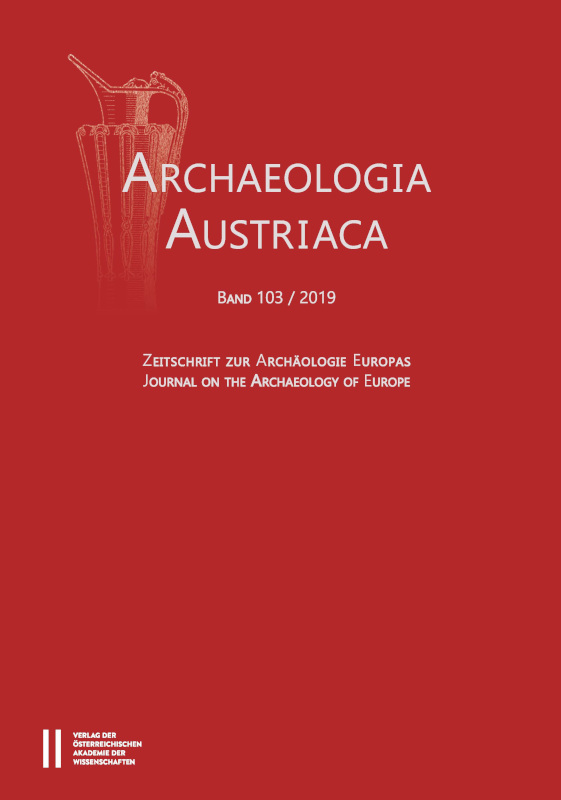
Archaeologia Austriaca 103/2019, pp. 99-136, 2019/12/05
Zeitschrift zur Archäologie Europas
Journal on the Archaeology of Europe

The first evidence for underground salt mining in Hallstatt dates to the Bronze Age. In its dimensions, the Bronze Age mining phase rivals the later and better known Iron Age mining. Although both mining communities were confronted with the same challenges, the mining technology and structure, as well as resource management, differ greatly. Bronze Age salt mining was characterised by the use of large shafts, which could reach enormous proportions. The extraction and transport of salt from the mines were aided by uniquely customised techniques. These special developments were used exclusively in Hallstatt – there have been no observations of technology transfers with contemporaneous copper mining communities or other groups. In order to enable an overview of the manifold aspects of Bronze Age salt production, an annotated picture of everyday life in that epoch was created.
Keywords: Mining, technology transfer, reconstruction, picture of everyday life, resource management, Bronze Age, Hallstatt, Upper Austria.